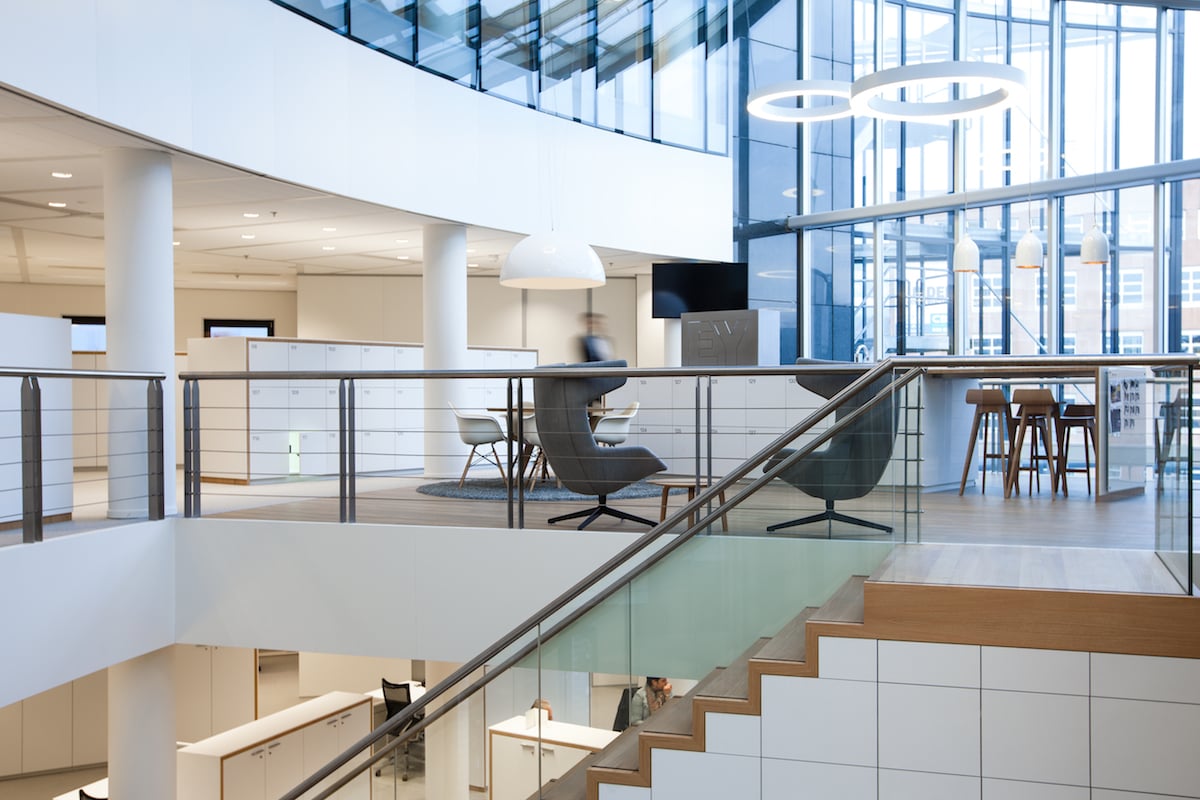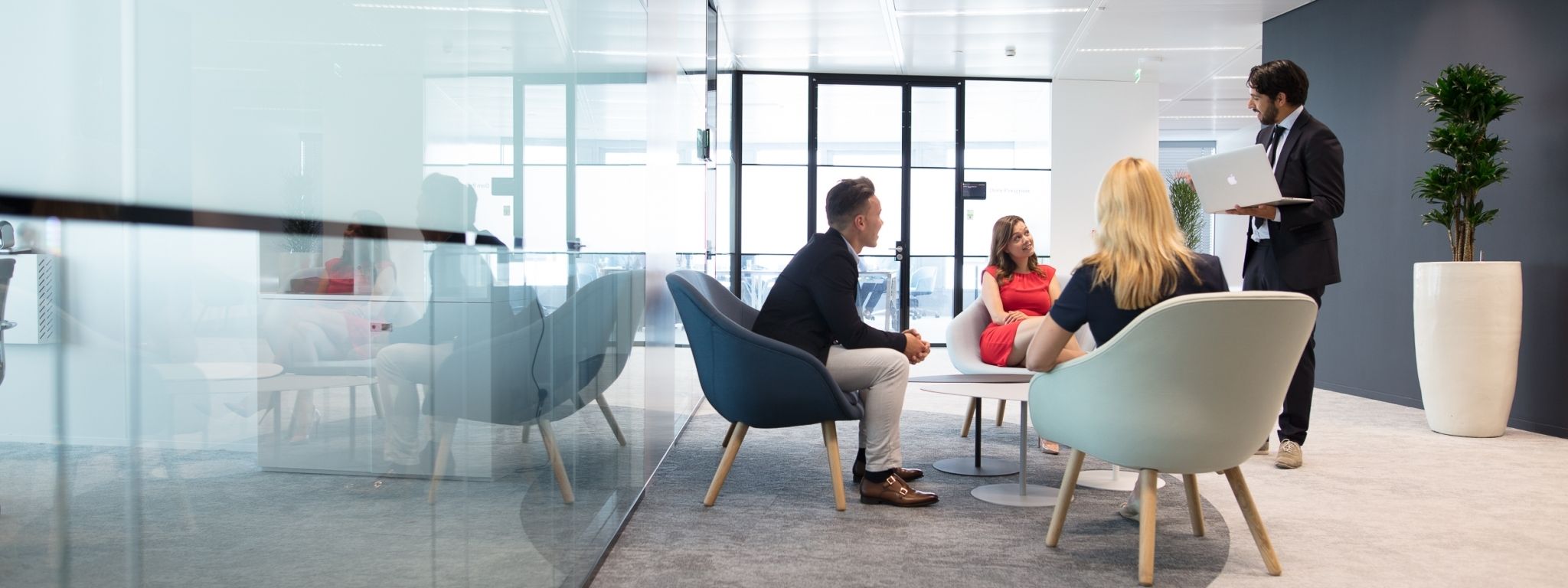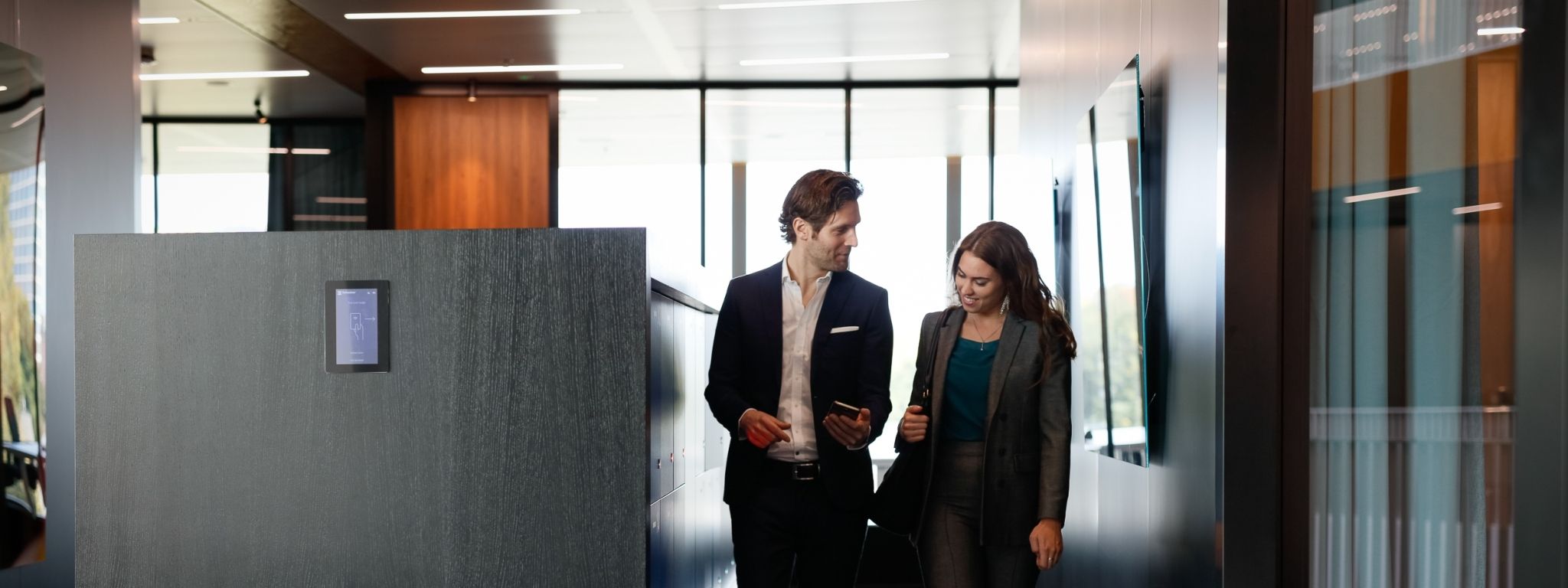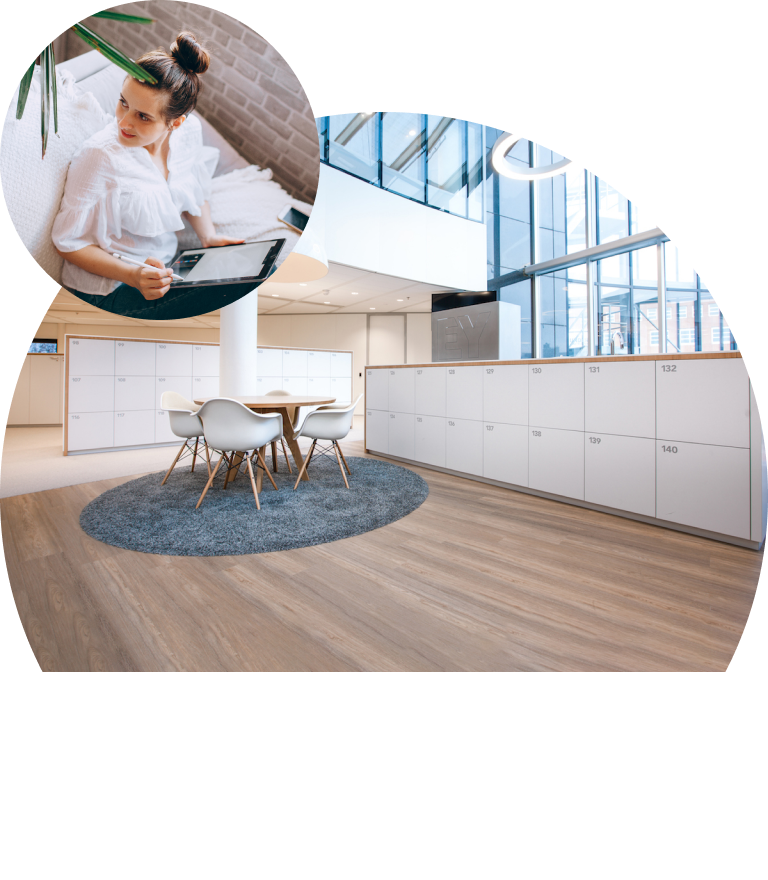The world is buzzing with talk of ‘smart workplaces’ and ‘smart offices’. A smart workplace is often a central component in today's workplace strategy. But what is a ‘smart workplace’, what are the key components that make it ‘smart’, how can you create one and what are the benefits of a smart and flexible workplace? Read on to discover the answers to these questions, and much more.
What is a smart workplace?
So, what exactly is a smart workplace - what are the things that make it ‘smart’? A smart workplace is best defined by the building's use of smart workplace technology. It connects and engages employees with their work environment, through a combination of networked platforms, software, mobile apps, IoT technologies, sensors, and beacons.
The 2 main goals of the technology stack (combination of smart workplace solutions) are to enhance the employee experience and to optimize the use of resources. A smart office enables and encourages people to work efficiently, whether they are based at the office or working remotely, and to transition between locations, seamlessly.
A ‘frictionless day’ is the ultimate ambition of a smart workplace - one where employees are happier and more productive. They should be fully supported by smart technology, to work in the way that suits them best, with less time wasted on manual systems or struggling with outdated workplace facilities.
Real-time usage data and clever analytics, help to optimize the workplace services and facilities in real-time. Also, they inform future design choices and more customized technology solutions, that further increase employee and workplace efficiency, whilst at the same time reducing facility waste.
IoT devices and the role of big data insight
Smart technology can be very beneficial in its own right. But it’s the data collected in a smart workplace by IoT (Internet of Things) devices - about the actual use of the building and the facilities - that can really build better workplace experiences. Ones that can also adapt with time and changing needs.
Intelligent dashboards facilitate smart measurements and analysis, from which actionable conclusions can be made. The ‘smart’ data helps a company to make objective, insight-led decisions regarding their office design – whether that’s about creating more breakout spaces, installing new dynamic storage, or better managing desk bookings for hybrid work.
IoT devices in the smart workplace are changing the way we think about office design and the employee experience, helping organizations to create environments for optimum productivity and creativity.
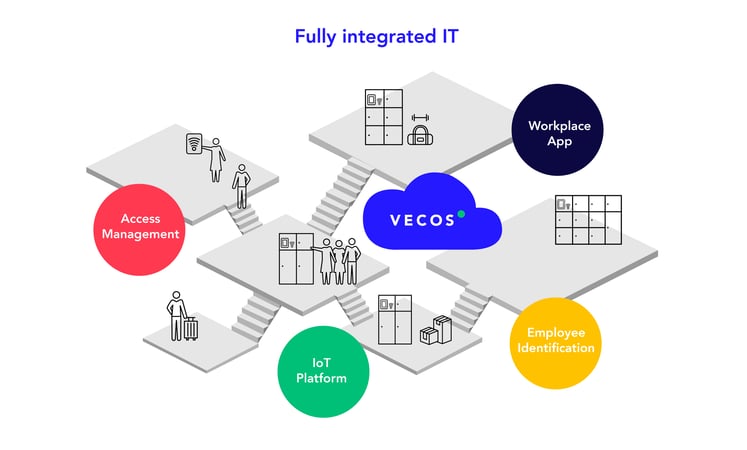
A day in the life of a smart workplace…
-
For employees: In a smart workplace, employees use a mobile or desktop application to book their desk, meeting room and on-floor storage, and check real-time availability as they move through their day. Clever new application settings will connect these actions to someone’s personal agenda or team profile – for next level automated personalization. Digital tools support teams as they interact, share information and ideas, and work together on projects - even in a hybrid environment, when not all team members are based in the physical office.
-
For facilities: Smart workplace technology supports the modern facilities team. Management of office services are automated, handled remotely, scaled and adapted with ease. Gone are the days of time-consuming, manual administration of core services such as desk, meeting room, or storage bookings. Embedding smart technology streamlines the work order process and supports a mobile or untethered workforce.
-
For the building: Smart building systems respond to real-time operating conditions in the actual building — whether that means automatically turning off the lights when a conference room is empty, lowering the thermostat when the temperature outside rises, or diagnosing and solving a system malfunction to enable facilities to operate at peak efficiency.
-
For the business: Through analytics and data-driven insights, businesses can now truly connect their people, understand existing assets and optimize spend, to create a frictionless workplace experience.
So, every day, a smart workplace pulses with self-serve, ‘smart’ technology tools, removing the need for hands-on facility management, saying ‘goodbye’ to inefficient manual and menial tasks, reducing wastage and empowering employees to be at their best!
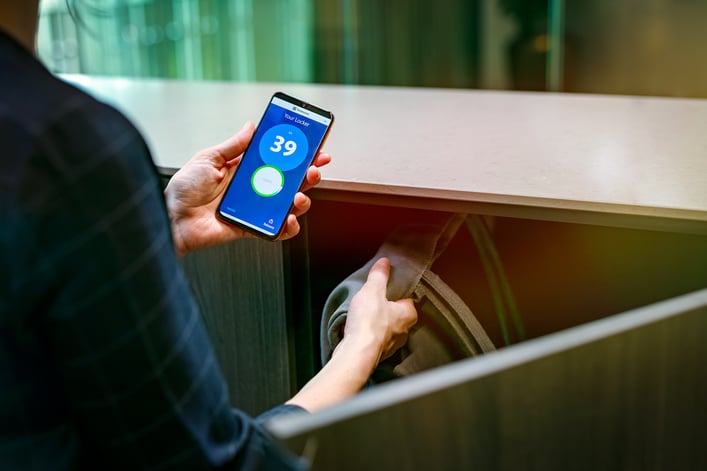
4 things driving the trend towards smart workplaces
Before we go any further, let’s take a moment to consider the four macro levers driving the popularity of interconnected and high-tech smart workplaces.
- workplace strategy is shifting towards flexible working styles, with office design trends supporting more open, dynamic and flexible spaces.
- technology companies have launched (and scaled) workplace solutions that support employees to work in a more flexible, effective and collaborative way: think Google, Slack, Teams, Miro, Workplace apps, IoT companies - desk booking tools, smart storage.
- creating a smarter, more flexible and accessible workplace links to companies’ wider programs: productivity, sustainability, diversity & inclusion, employee wellness and recruitment.
- finally, the (desire for) optimized real-estate footprints due to the great acceleration of dynamic, hybrid and flexible workstyles due to COVID. Everyone was forced to stop, re-assess, and (in most cases) make big changes.
What’s the link between ‘smart’ and ‘dynamic’ workplaces?
Frontrunner organizations adopting a smart workplace strategy, are enabled by technology to create a more flexible, dynamic and modern working environment.
A dynamic workplace is one that’s quite simply set up to empower your employees to work flexibly. It represents a new way of thinking about and approaching ‘the office’. The new dynamic model uses everything from furniture, collaboration areas and smart workplace technology to allow people to work where they want, how they want, and to use office space more efficiently.
Read more: What is Hybrid Working and how to transform your workplace?
Fully dynamic workplaces have no assigned seats. People can drop in for the day, work remotely at a client’s the next, and from home the day after. Smart technology is often incorporated at every touchpoint – so every employee can instantly see which desks are occupied (and by who), which locker space is available, and which meeting rooms are free.
A dynamic working environment is a clever way to positively impact staff retention, collaboration, creativity, productivity and wellbeing.
“The best performing workplaces in the world consistently offer a specific type of workplace experience - a participatory space where infrastructures are crafted,
immersive and user-centric”
Source: Leesman
Read More: Some inspiring and helpful case studies: https://www.vecos.com/en/references/
How to transition towards a smart workplace?
Having made a strategic decision to move towards a smart workplace, it’s worthwhile taking advice from trusted external consultants - such as architects, smart workplace experts and technology solution providers. One key pitfall to avoid, is forgetting to gain buy-in and input from key stakeholders in the business, as change is planned and implemented - facilities, operations, IT and, perhaps most importantly, employees.
4 things to consider and action, as smart workplace plans develop:
- Empower people to ‘be at their best’ in the new smart workplace environment
It needs to be easy and seamless for people to work in a smart office. The technology should be in service of people, not the other way around. First, it’s important to understand how people use the existing office set-up - what’s holding them back, and what’s stopping them working more flexibly and efficiently. As we’ve seen, a smart workplace is often a dynamic workplace, so people should be empowered to move around where and when they like, with the technology tools to do so with confidence. - Choose ‘smart technology solutions’, that can adapt when needs change
Trends in workplace management change all the time - who could have foreseen the overnight shift to homeworking necessitated by COVID-19. Businesses selecting smart technology solutions are wise to be on the lookout for technology which not only turns the office into a smart workplace, but also provides the flexibility to adapt to evolving needs and changing behaviors. A check-list would be: easily changeable configurations, intuitive and easy-to-operate management platforms, scalability and seamless integrations with the full office IT landscape.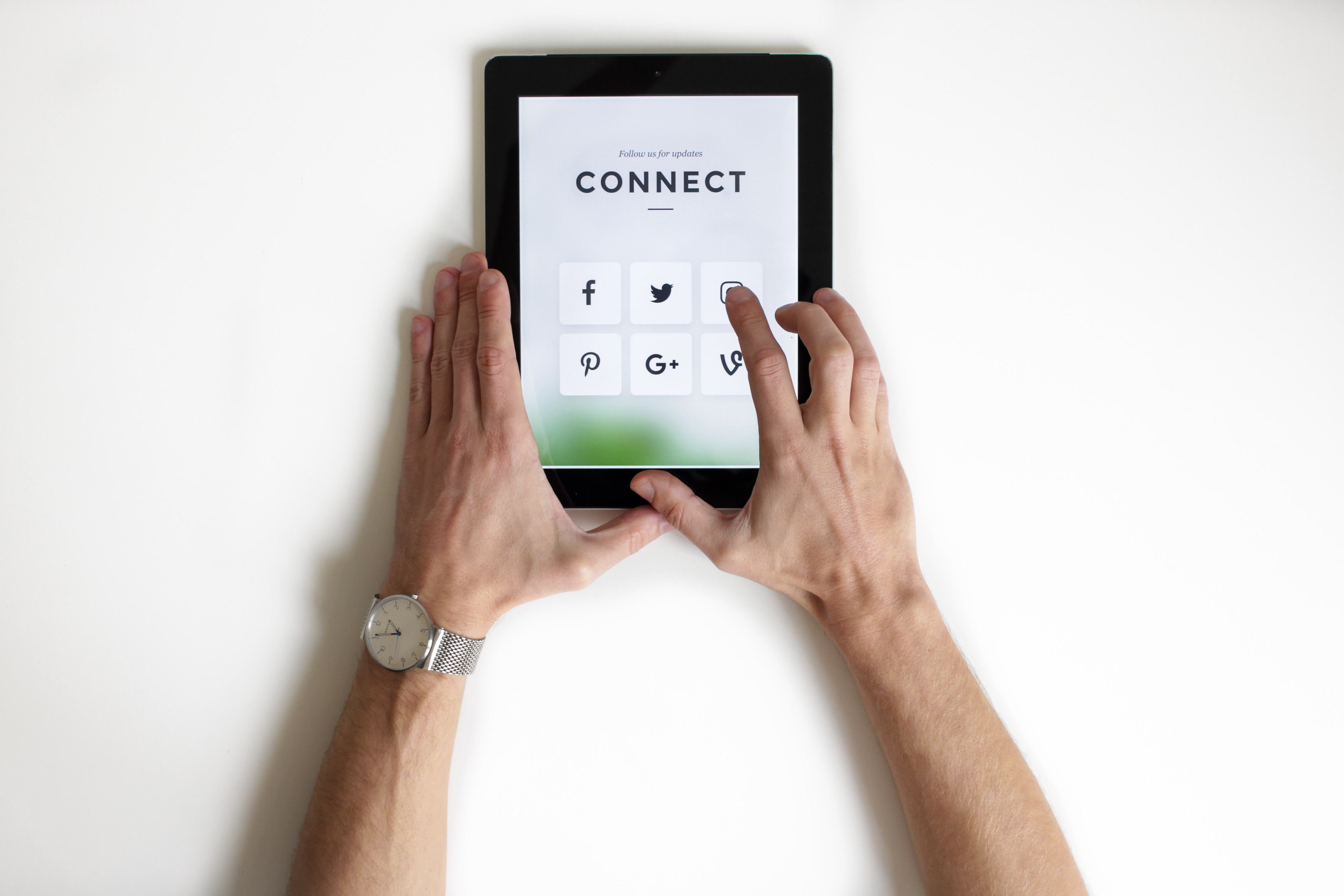
- Support people through a smart workplace transition
Whilst some millennials and most GenZers might embrace all things technology-related, managing a successful transition for the entire workforce means ‘encouraging & nudging’ some fundamental behavioral changes. Supporting and guiding staff is more important than ever – especially when the number of people in the office can fluctuate dramatically from week to week, or even day to day. Workplace technology can keep people informed about the transition and help train them in how to get the most out of their new workplace and way of working. - Improve and optimize as you go, with the help of insight-rich data
The beauty of a smart workplace, by default, is the insight that can be uncovered with purposeful data analysis. Real-time user insights can be harnessed and acted upon, not left to stagnate in the cloud. With the evolution of IoT in the workplace, businesses have never been so empowered to make informed decisions based on objective data. This can drive decisions on everything, from allocating resources and optimizing the workplace: taking in furniture, design, real estate, facilities and – people.
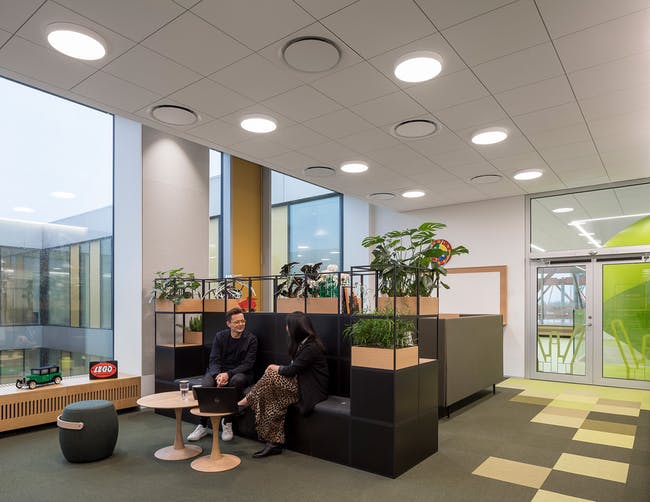
Looking for the true benefits of a flexible smart workplace?
By now, some of the benefits of a smart workplace, smart workplace technology and more flexible workplace, will be very clear. Smart workplaces offer an unrivaled opportunity to benefit both business and employees, with a workplace strategy that’s backed-up, monitored and able to flex – all using data. Here are some reminders of the core benefits, as well as some new ‘food for thought’:
Benefit #1
Drive business growth with improved productivity and ‘happiness’ index
Multiple research reports show that companies that invest heavily in developing modern and state-of-the-art smart infrastructure, benefit from increased productivity and overall growth. A high-tech approach is a way to help boost satisfaction, collaboration and innovation in the workplace. Research towards smart buildings by Gartner showed that:
“97 percent of respondents said that the workplace was critical to employee productivity and also had a significant impact on employee happiness”, with resulting positive business outcomes.
Benefit #2
Smart workplaces help attract and retain top talent
For many employees, smart workplace technology can make a positive difference in how they work, the opportunities and flexibility they experience, and it can add to an overall sense of workplace satisfaction. Flexibility and integrated technology also connect with the increasing demands and expectations of the future workforce - they expect a smooth and seamless employee experience, one in which all facilities work optimally and are fully integrated. To attract and retain top talent, the work environment matters.
92% of millennials identify flexibility as a top priority when job hunting!
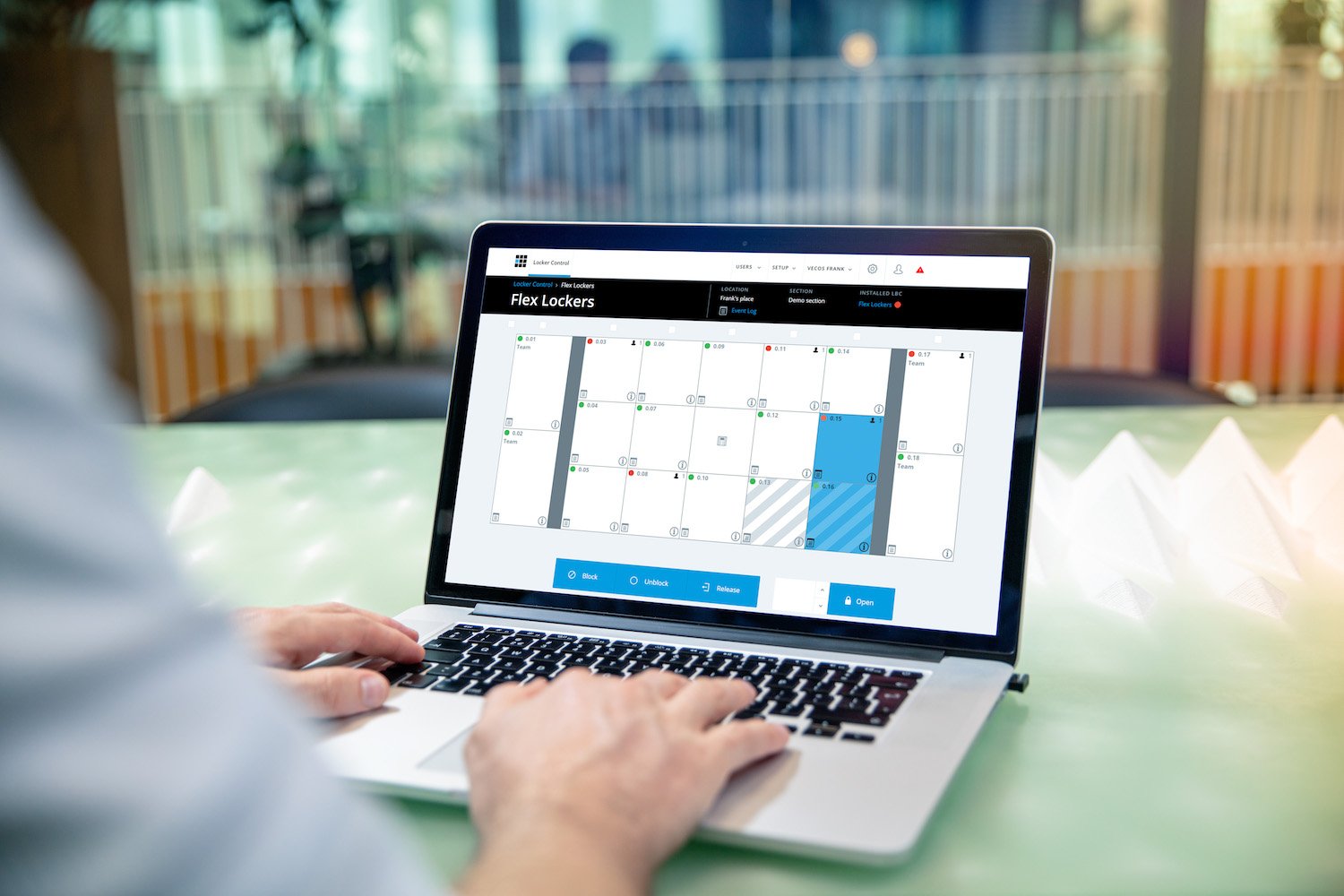
Benefit #3
Improved time management for employees and facilities
As the saying goes - ‘time is money’. By implementing smart technology solutions, customized to a specific organization, both employees and facilities can save time, and as a result the business can save money. Small daily time savings per employee, magnify to massive savings, when multiplied across an organization – so even small time-saving upgrades can create substantial profits.
Benefit #4
Improved communication and business culture
Quite often, lack of communication and poor information flow is the reason for business bottlenecks and poor performance results. Using high-tech equipment in the smart workplace enables better communication and information share and cascade. Smart office solutions can encourage and nudge behaviours that promote respectful use of the space, harmony amongst employees and, in turn, create a more positive work culture.
Benefit #5
‘Smart’ for the finance team and the planet
As we’ve seen, smart buildings can measure, control and optimize the use of energy throughout the office - electricity, heating, cooling - giving many opportunities to reduce costs as well as to increase energy efficiency, so reducing carbon emissions. Another example is the use of smart lockers, where the floorspace required for storage and the number of lockers (and therefore raw materials) can be reduced, with the move to dynamic and flexible use. Better for the finance team and the planet.
Why choose a smart workplace over a traditional one?
In a well-designed space, with the right type of smart technology support, people can work, focus and collaborate better. An additional benefit is that a frictionless day enabled by technology, should free up employees’ time, which can be channeled into more engaging experiences with colleagues that (should) lead to better business outcomes.
Have further questions related to smart workplaces? Reach out to our workplace experts for a 10-min introduction call.

